The Sirens Review Squad is made up of Sirens volunteers, who submit short reviews of books (often fantasy literature by women or nonbinary authors) they’ve read and enjoyed. If you’re interested in sending us a book list or review to run on the blog, please email us! Today, we welcome a book list by Maria Dones.
At my new job as a children’s library assistant, the children’s front desk is shaped like a ship. The front has a helm, and the kids who come in love to steer and bang on the wheel. Behind the desk, there’s a shelf filled with children’s graphic novels, our fastest-growing collection.
As someone who had read only a handful of manga and superhero comics, I was pretty unfamiliar with the graphic novel genre. When I was growing up in the early 2000s, there weren’t collections like these at the libraries around me, and the term “graphic novel” wasn’t as widely used as it is now. Still, I couldn’t resist looking at the different colors and shapes of the graphic novels shelved behind me, and soon I was getting recommendation after recommendation from my coworkers. I quickly fell in love with the art form.
It upsets me when I hear parents discourage their children from reading graphic novels because they don’t consider it “real reading.” Not only does discouraging children from pursuing their reading interests run the risk of children losing an interest in reading completely, visual rhetoric is a skill all in itself. And even without the factor of skill development, stories for the sake of fun and companionship are vastly underrated.
Katie O’Neill’s graphic novels are beautiful, magical, and nuanced. The characters in these stories discover their place in the world while navigating the communities they live in and forming life-changing friendships. And the characters themselves are diverse in skin color, ability, gender identity, sexuality, and size.
I wished I’d had these stories as a kid, but they still left their mark on me as an adult. These are stories that feel like watching your favorite Miyazaki film for the first time, like making a friend who really “gets you,” like drinking a warm cup of chamomile tea picked from the leaves growing around a tea dragon’s horns.
Princess Princess Ever After (2016)
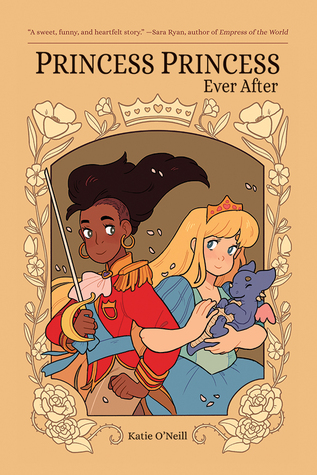 Princess Princess Ever After was the first graphic novel by Katie O’Neill that I picked up. My coworker recommended it to me, and I couldn’t resist a story about a princess rescuing a princess. This fairy tale more than delivered.
Princess Princess Ever After was the first graphic novel by Katie O’Neill that I picked up. My coworker recommended it to me, and I couldn’t resist a story about a princess rescuing a princess. This fairy tale more than delivered.
The titular princesses are both hiding from something. Princess Amira hides from her overbearing parents and royal responsibilities by rescuing princesses. Princess Sadie hides in her tower from a world who, according to her sister, will hate her for being a fat princess. When these two princesses embark on an adventure, each obstacle leads them closer to facing their insecurities and embracing what makes them unique—all as they fall in love with each other.
Part of why this romance is so swoonworthy is how different (but complementary) the princesses are. Amira is courageous, headstrong, and always ready for a battle. Sadie is kind, compassionate, and a great listener. Each challenge they face requires both of their strengths, and in seeing each other’s strengths, they learn how to love themselves and love one another.
The Tea Dragon Society (2017)
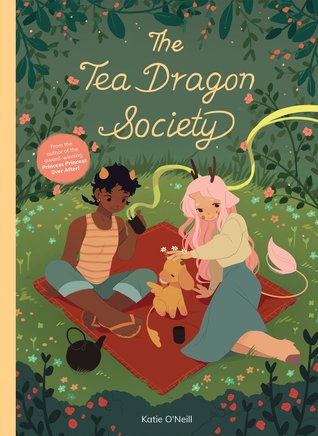 How could I resist this gorgeous cover? But what’s inside is just as beautiful—a story about memory, healing through community, and looking towards the future.
How could I resist this gorgeous cover? But what’s inside is just as beautiful—a story about memory, healing through community, and looking towards the future.
Blacksmith apprentice Greta finds a lost tea dragon, a creature whose horns grow tea leaves that store memories. When she returns the tea dragon to the husbands who own the tea shop, they offer her the chance to learn the skill of tea dragon keeping. As Greta gets to know them and their ward—a girl with memory loss who has developed a bond with the chamomile dragon—Greta learns that friendship requires the same patience and compassion as tea dragon keeping.
This book—with all its whimsy, soft magic, and young characters discovering their place in the world—gave me the same warm fuzzy feelings watching Kiki’s Delivery Service does. All while giving me the same WHY-CAN’T-THESE-CREATURES-BE-REAL heartache as Pokemon (1997) and How to Train Your Dragon (2010).
Aquicorn Cove (2018)
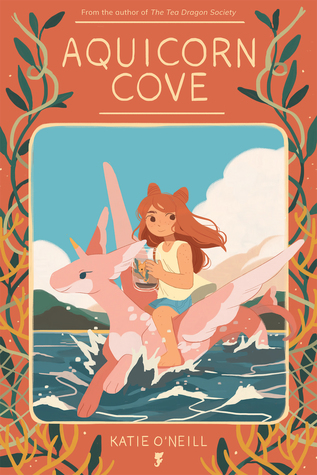 How do you follow up tea dragons? With mysterious seahorse unicorns, of course!
How do you follow up tea dragons? With mysterious seahorse unicorns, of course!
To help her aunt after a hurricane, Lana visits the seaside town she used to live in before her mother died. There, Lana finds an injured baby aquicorn. As she helps the aquicorn and her hometown recover, Lana confronts her own grief and slowly learns about her aunt’s romance with the underwater sea queen who looks after the aquicorns as well as the dangers the aquicorns face because of overfishing.
Even though it’s a sweet story with a happy ending, this book made me cry more than any other Katie O’Neill book. Partly because of Lana’s resilience, partly because of the too-real coral reef metaphor.
In a world where being an environmentalist is increasingly difficult, Aquicorn Cove reminds the reader how to hope again.
The Tea Dragon Festival (2019)
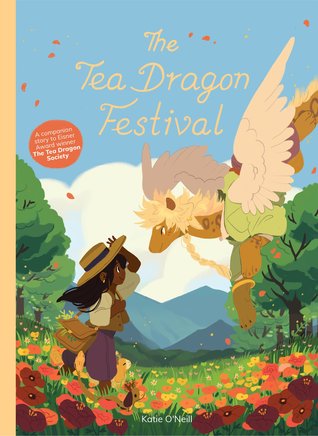 The Tea Dragon Festival is a companion to The Tea Dragon Society.
The Tea Dragon Festival is a companion to The Tea Dragon Society.
In a village where tea dragons are raised by the community, Rinn wakes Aedhan—the guardian dragon (not tea dragon) of Rinn’s alpine village. To his horror, Aedhan discovers he was enchanted to sleep for eighty years. Through Rinn and Aedhan’s friendship, they both explore their identities—Rinn in terms of their aspirations and gender fluidity and Aedan in terms of his clan and how he fits in within the village he accidentally neglected for decades.
Readers will also delight in seeing the tea shop owners from The Tea Dragon Society—including Rinn’s uncle—in their adventuring youth as bounty hunters.
I loved seeing a community sharing the care of the tea dragons, who the reader encounters in all their versatility. Tea dragons can be adorable, haughty, pompous, and grouchy—sometimes nuisances, sometimes beloved pets, and sometimes independent companions.
Bonus: Dewdrop (2020) April 7
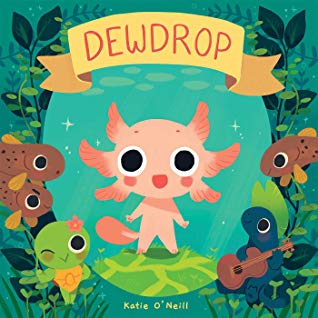 Katie O’Neill’s first picture book Dewdrop will be released April 7, 2020. I’m kind of cheating here, because I’ve only read the preview on Amazon, but I’m already in love with this story of an axolotl who reminds her overachieving friends to practice self-care and enjoy every step of their progress as they prepare for a yearly sports fair. With nods to graphic novel layout design, adorable art, and Katie O’Neill’s characteristic themes of friendship and self-love, Dewdrop has all the makings of a heartwarming and memorable story.
Katie O’Neill’s first picture book Dewdrop will be released April 7, 2020. I’m kind of cheating here, because I’ve only read the preview on Amazon, but I’m already in love with this story of an axolotl who reminds her overachieving friends to practice self-care and enjoy every step of their progress as they prepare for a yearly sports fair. With nods to graphic novel layout design, adorable art, and Katie O’Neill’s characteristic themes of friendship and self-love, Dewdrop has all the makings of a heartwarming and memorable story.

When Maria Dones isn’t writing stories about angry girls armed with magic, you can find her working as a children’s library assistant, rewatching Sailor Moon, or befriending other people’s pets. She recently graduated from the University of Kansas with an MFA in Fiction, and her young adult short fiction appears or will appear in Cicada, Gingerbread House, and Bourbon Penn.
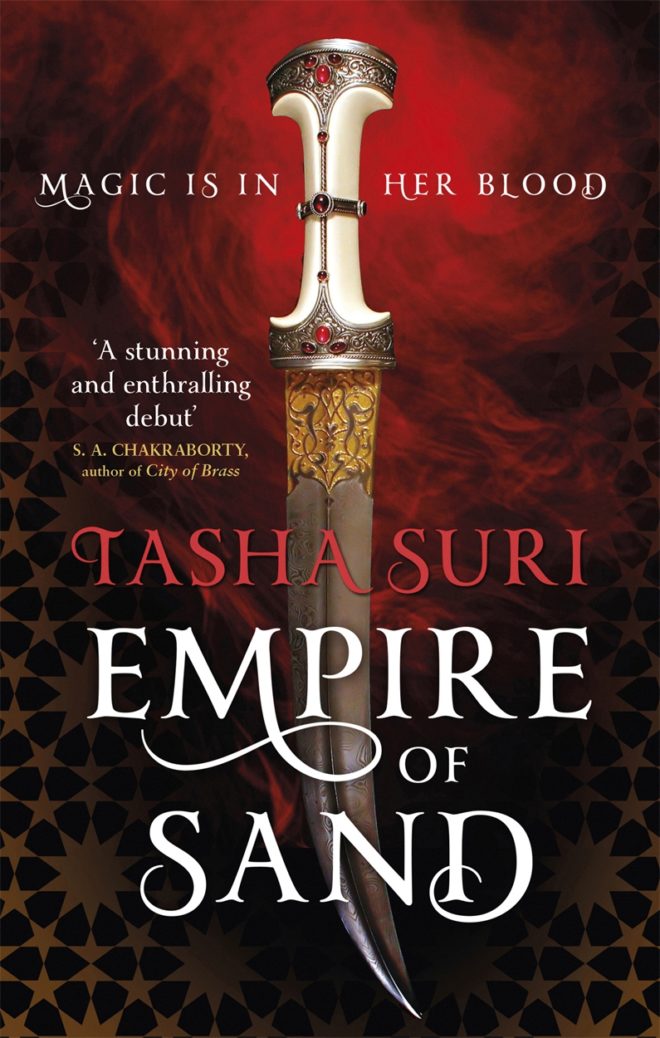
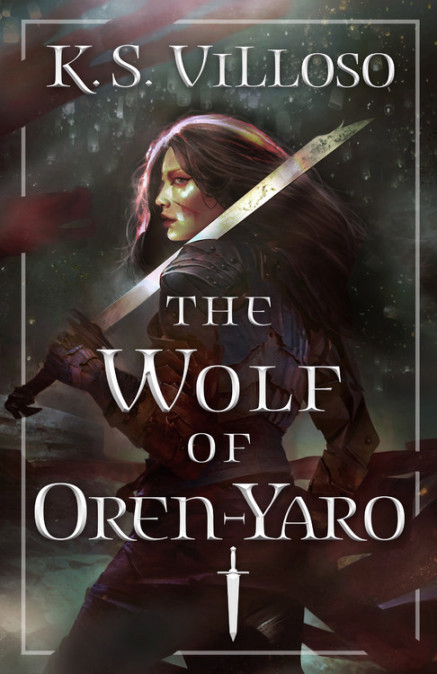
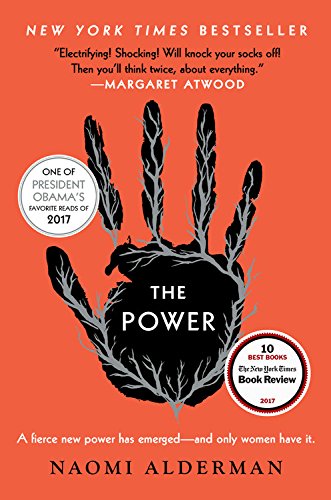
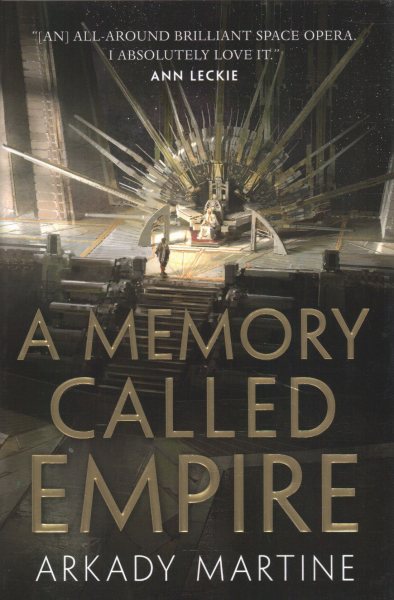
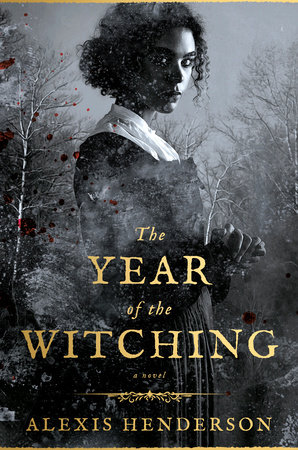
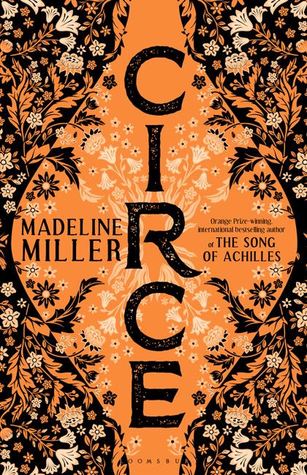
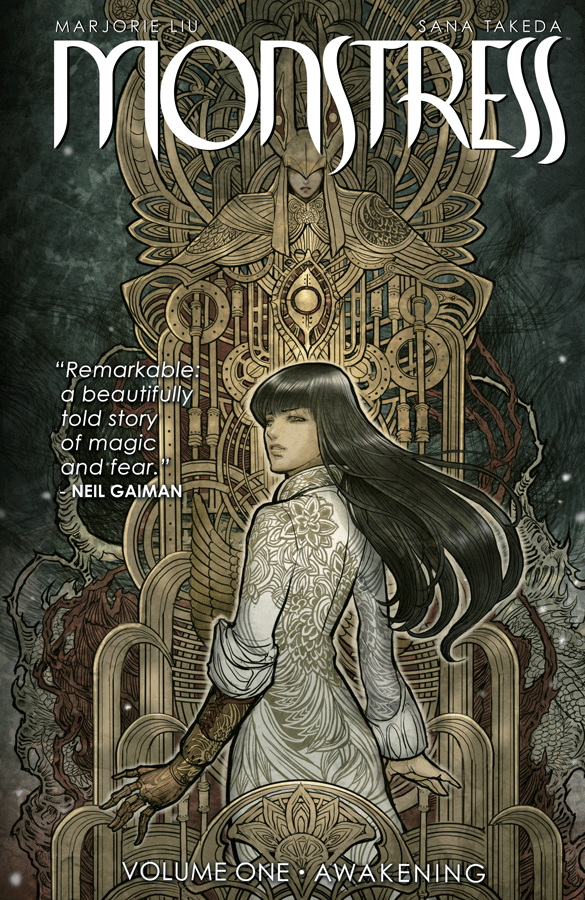
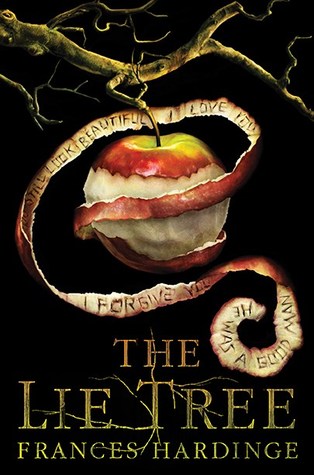

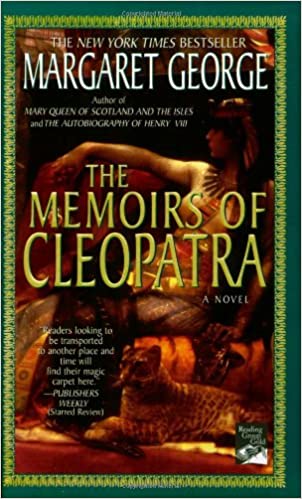
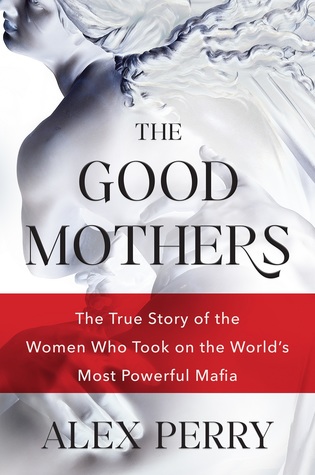




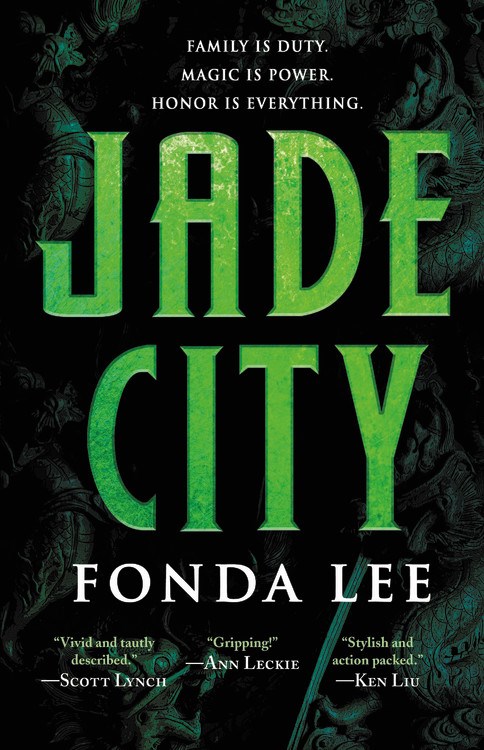
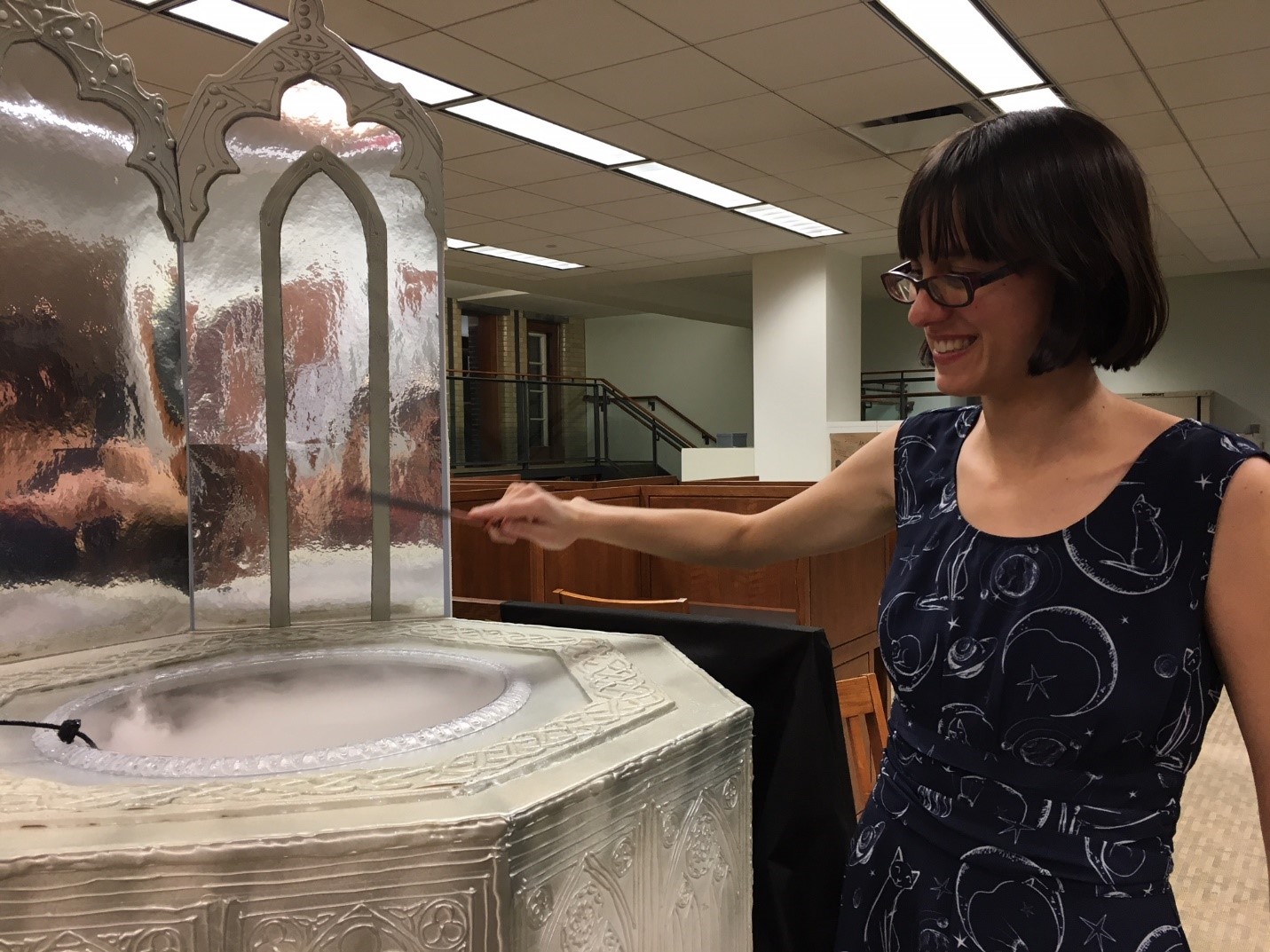















































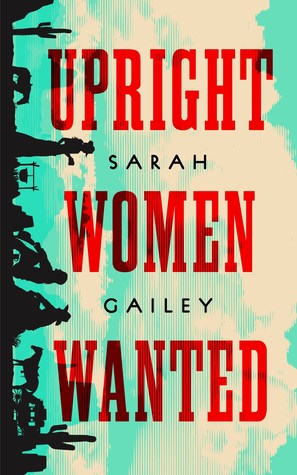
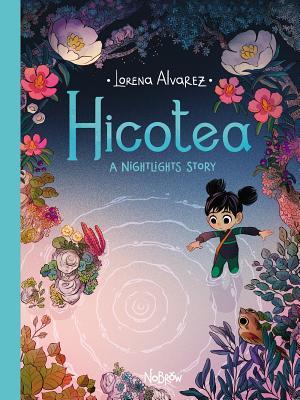
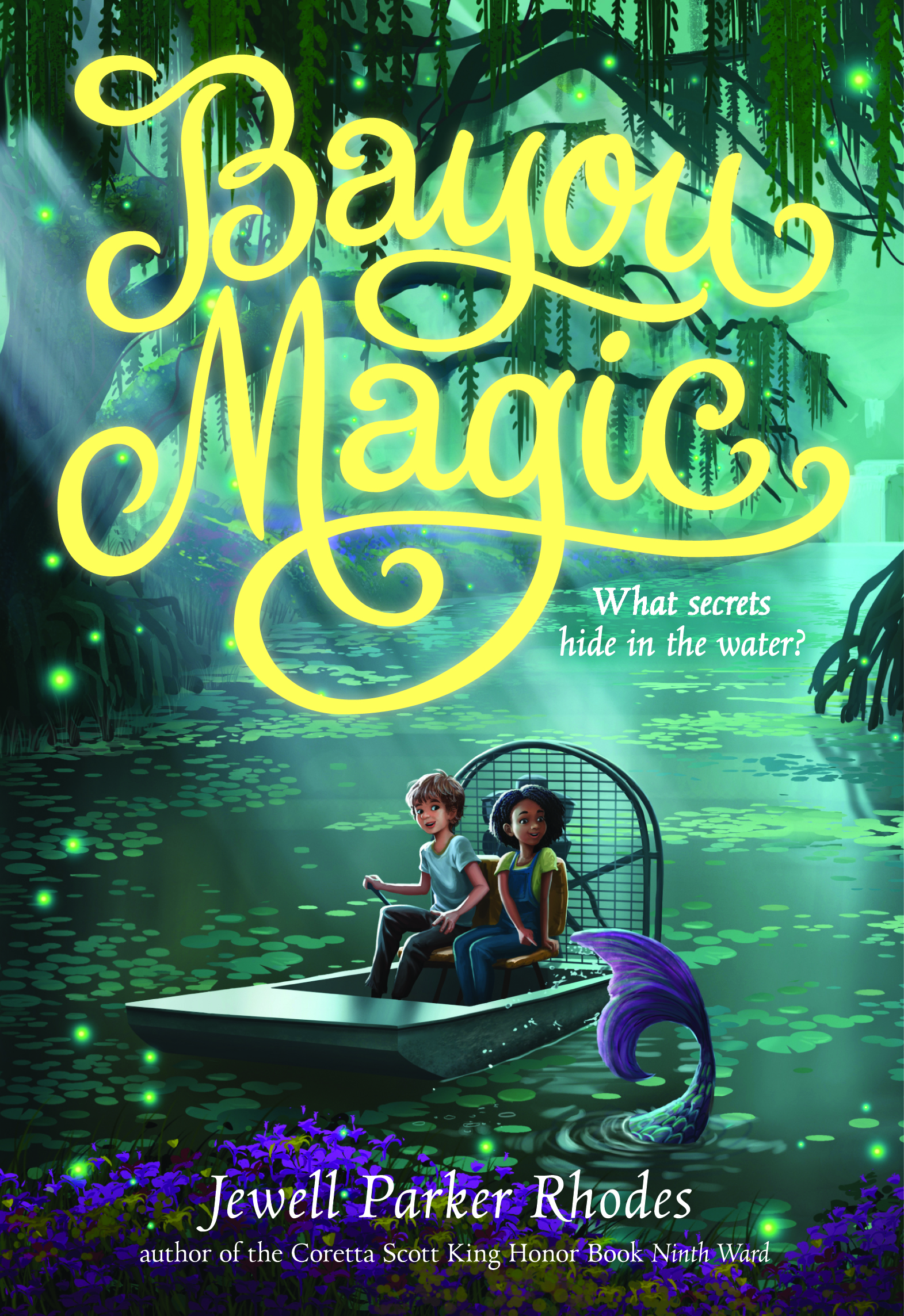
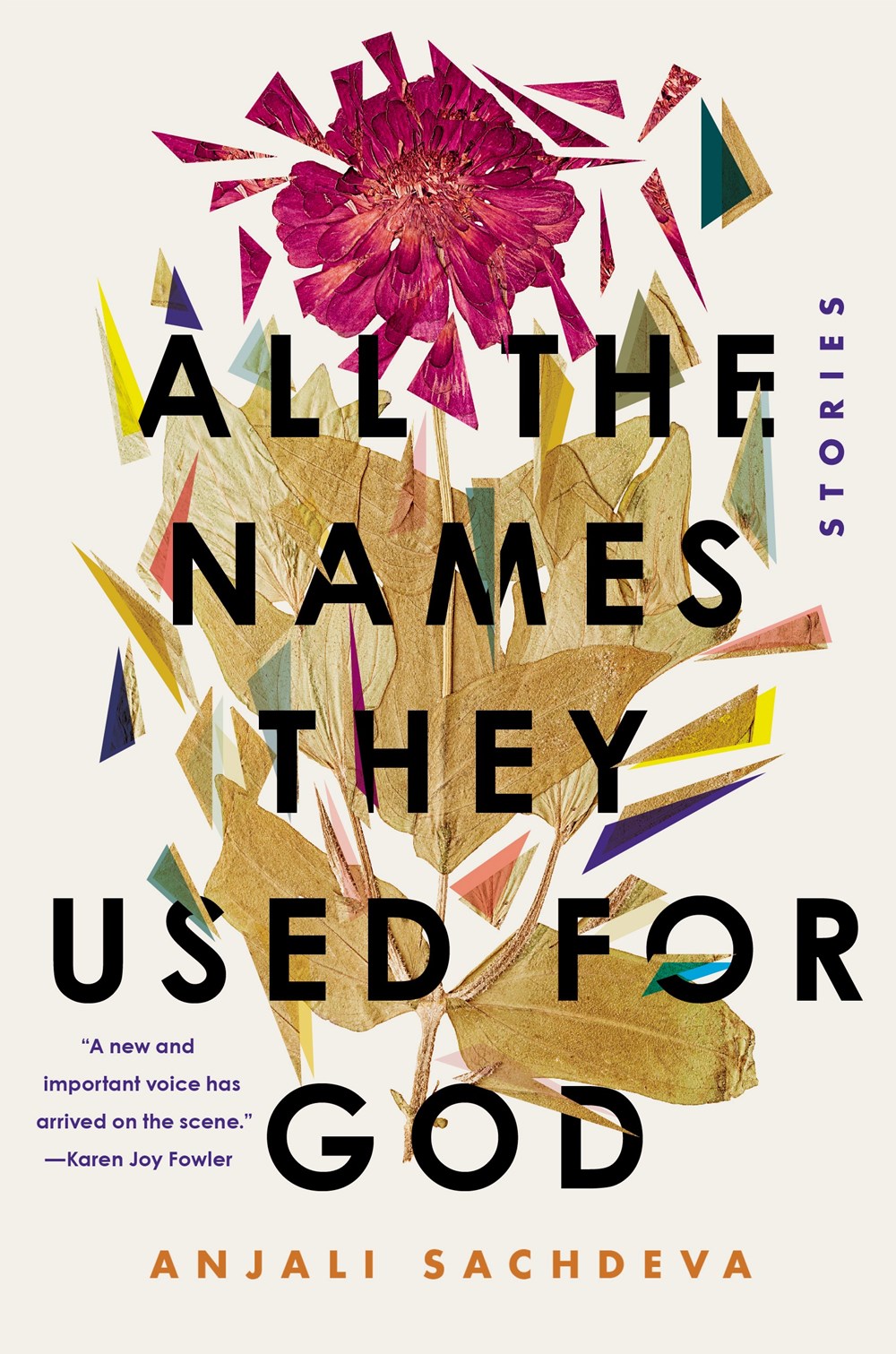
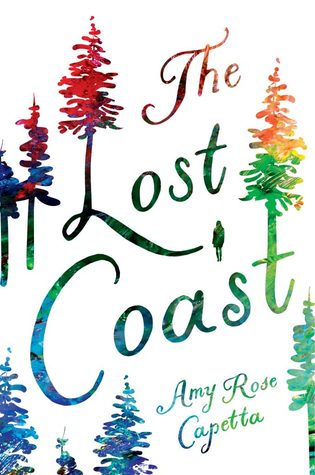
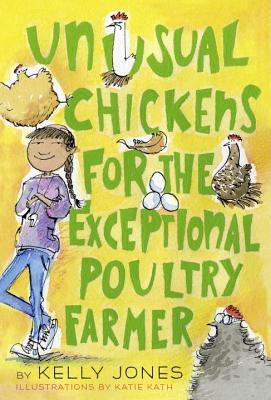
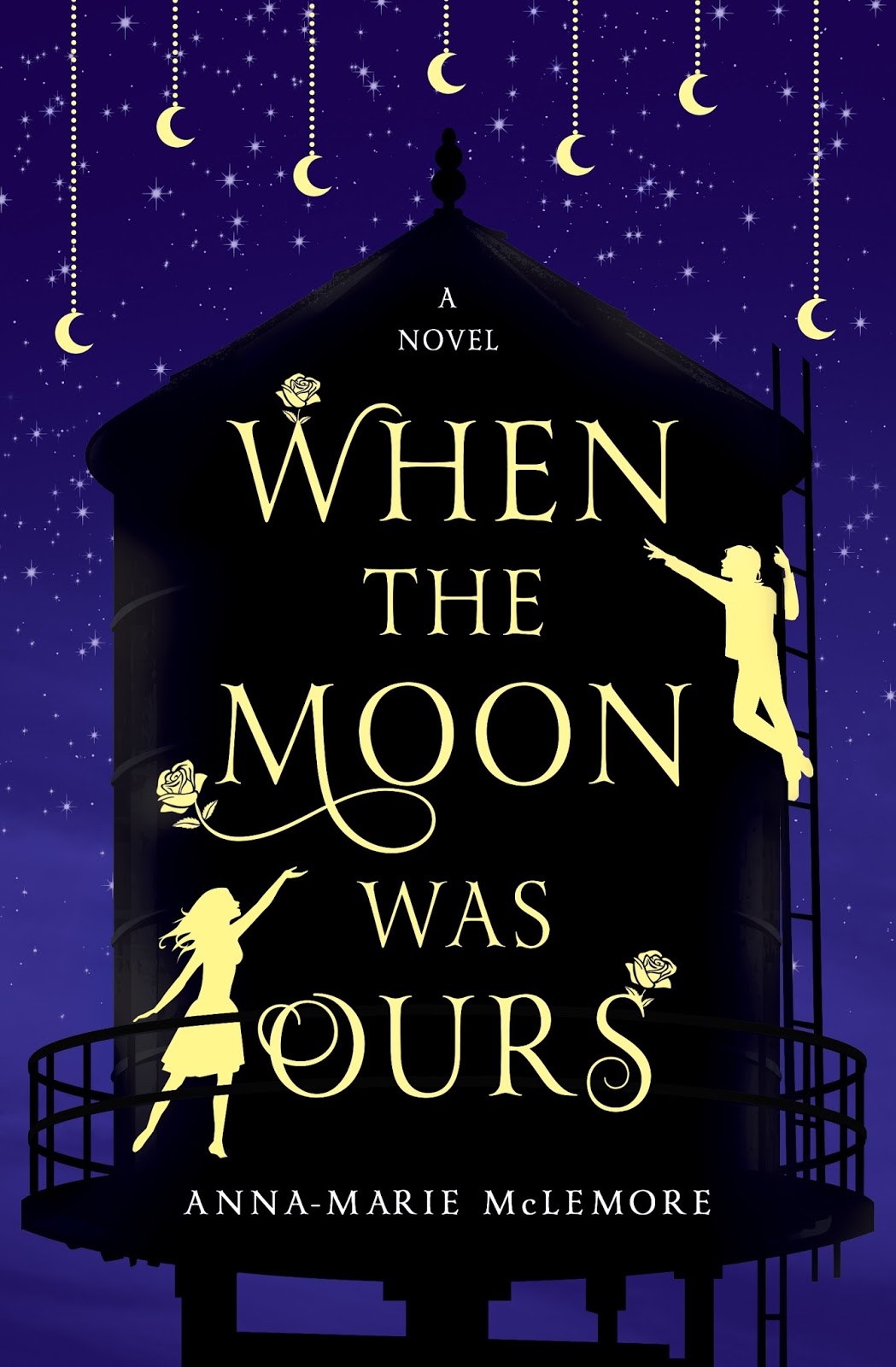
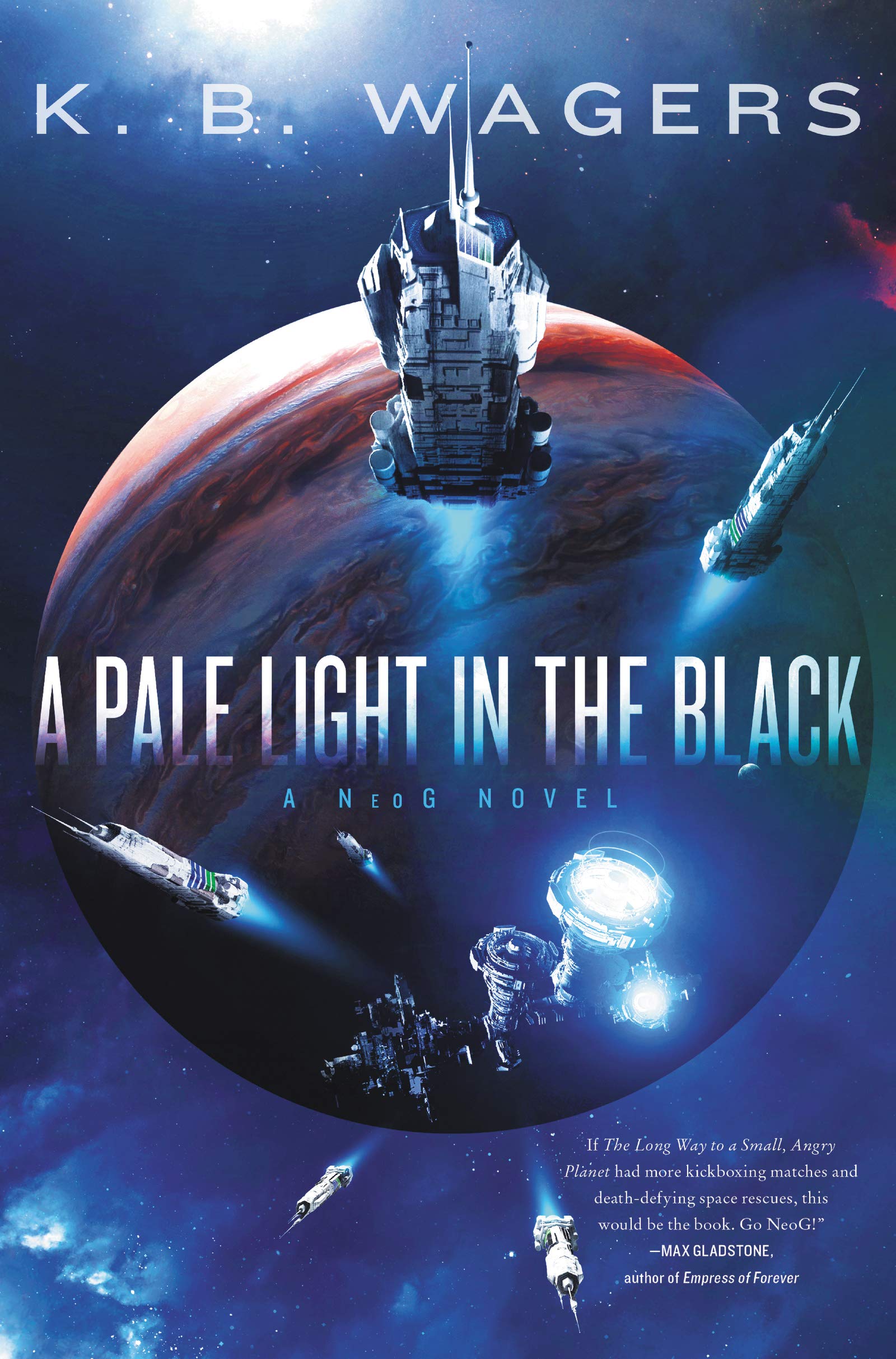
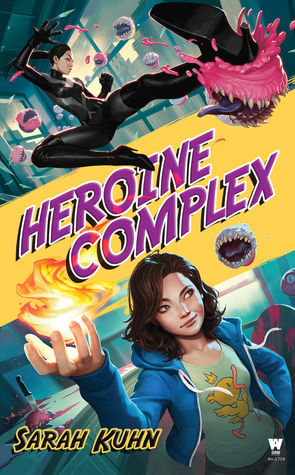
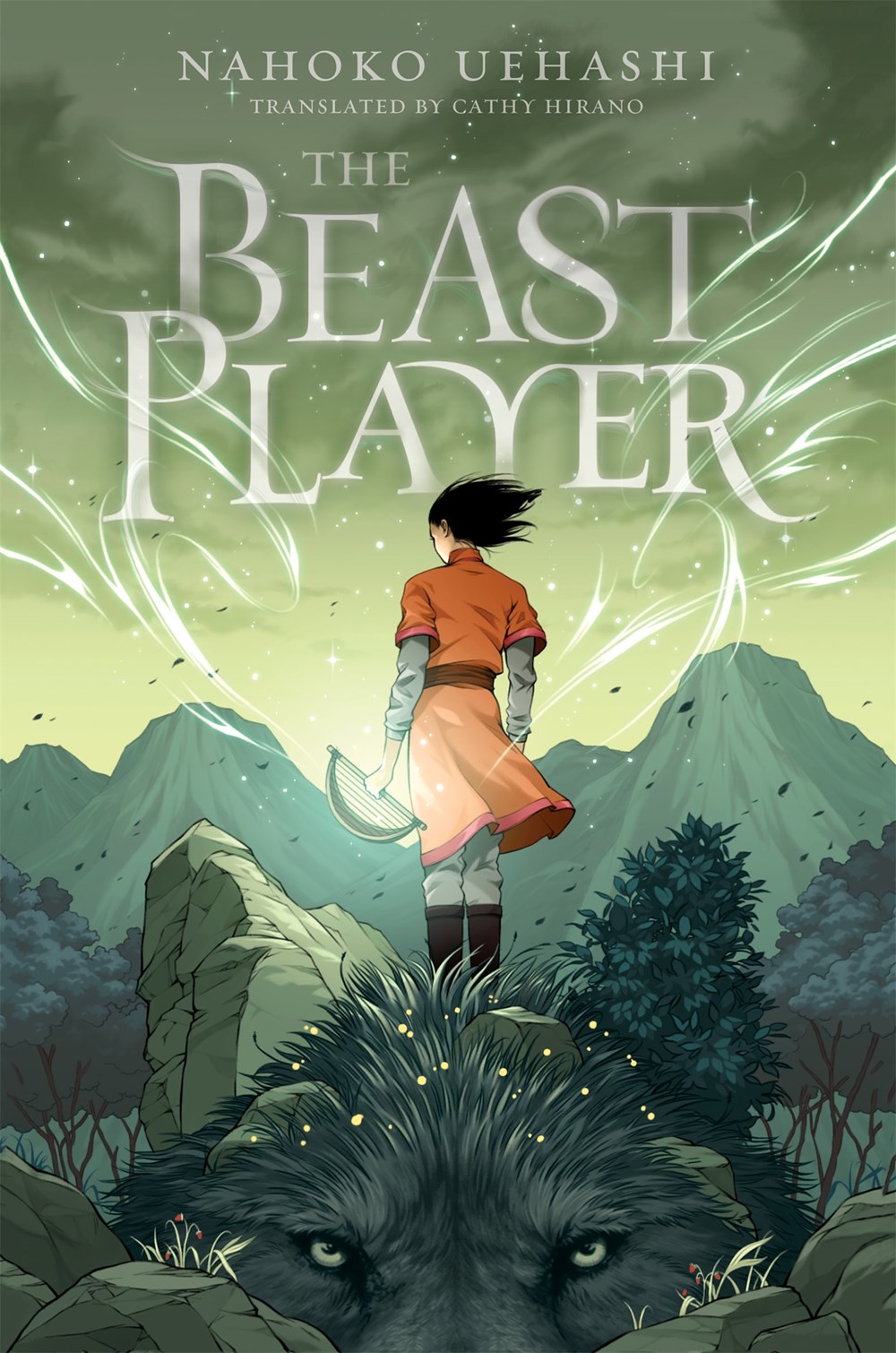
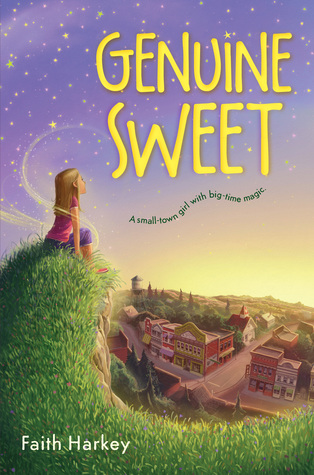
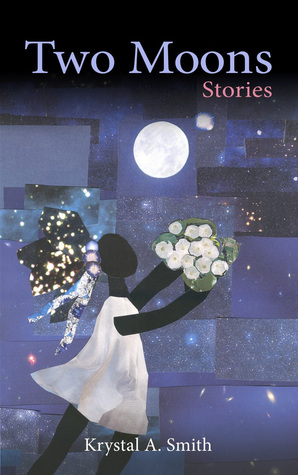
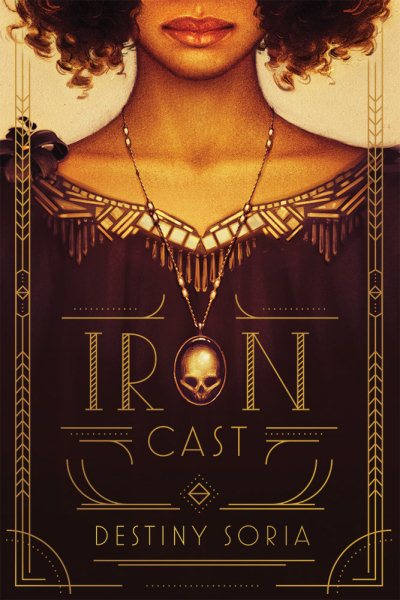
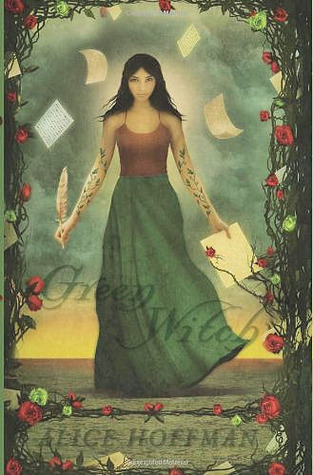
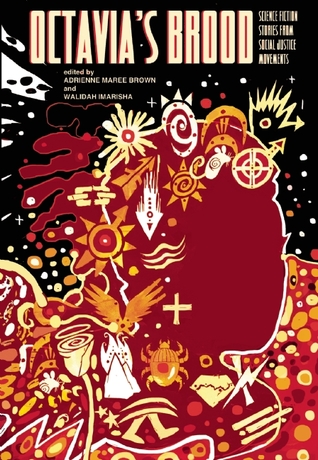
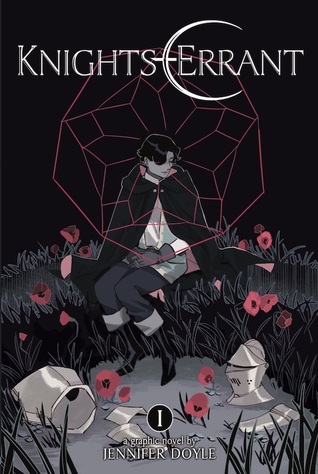
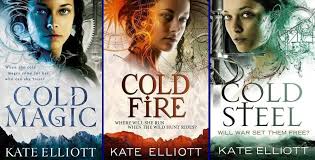
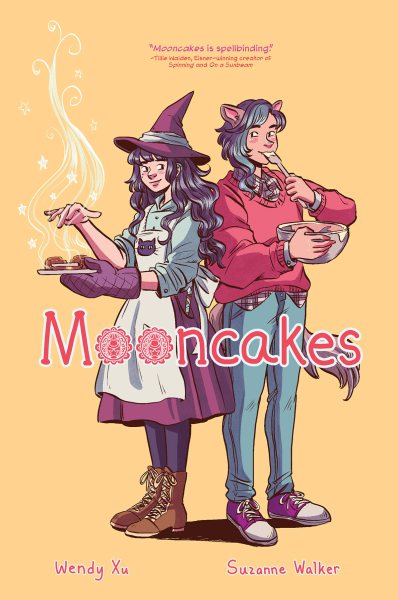
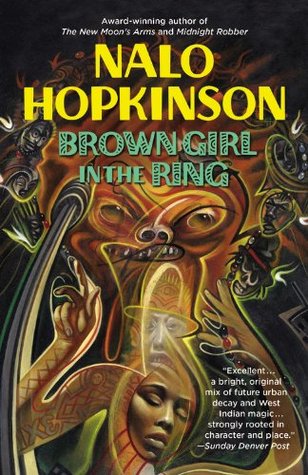
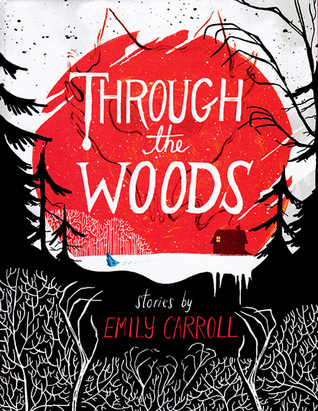
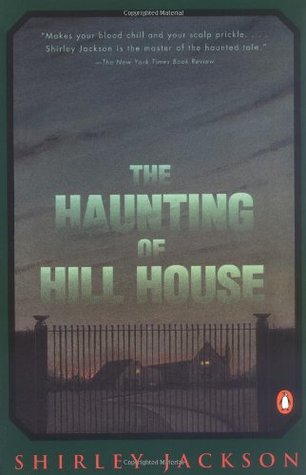
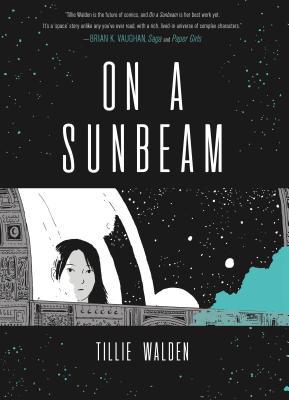
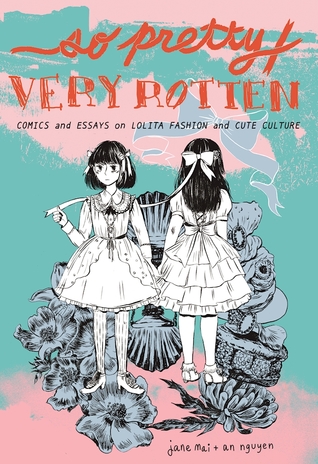
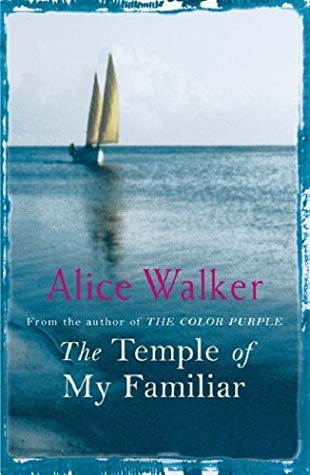
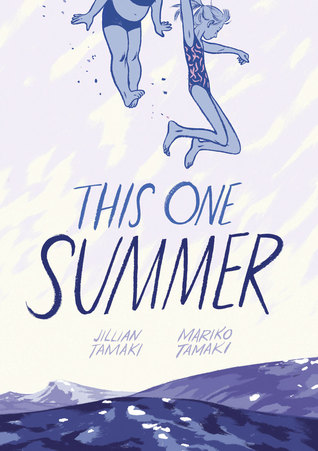
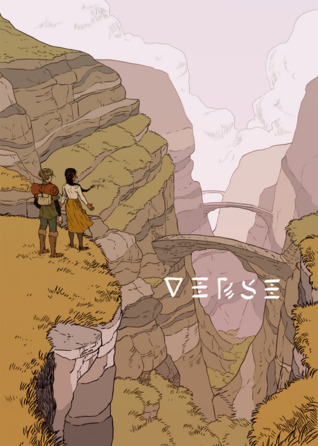
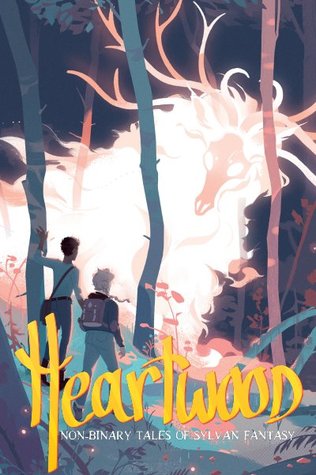
 Princess Princess Ever After was the first graphic novel by Katie O’Neill that I picked up. My coworker recommended it to me, and I couldn’t resist a story about a princess rescuing a princess. This fairy tale more than delivered.
Princess Princess Ever After was the first graphic novel by Katie O’Neill that I picked up. My coworker recommended it to me, and I couldn’t resist a story about a princess rescuing a princess. This fairy tale more than delivered.  How could I resist this gorgeous cover? But what’s inside is just as beautiful—a story about memory, healing through community, and looking towards the future.
How could I resist this gorgeous cover? But what’s inside is just as beautiful—a story about memory, healing through community, and looking towards the future. How do you follow up tea dragons? With mysterious seahorse unicorns, of course!
How do you follow up tea dragons? With mysterious seahorse unicorns, of course! The Tea Dragon Festival is a companion to The Tea Dragon Society.
The Tea Dragon Festival is a companion to The Tea Dragon Society. Katie O’Neill’s first picture book Dewdrop will be released April 7, 2020. I’m kind of cheating here, because I’ve only read the preview on Amazon, but I’m already in love with this story of an axolotl who reminds her overachieving friends to practice self-care and enjoy every step of their progress as they prepare for a yearly sports fair. With nods to graphic novel layout design, adorable art, and Katie O’Neill’s characteristic themes of friendship and self-love, Dewdrop has all the makings of a heartwarming and memorable story.
Katie O’Neill’s first picture book Dewdrop will be released April 7, 2020. I’m kind of cheating here, because I’ve only read the preview on Amazon, but I’m already in love with this story of an axolotl who reminds her overachieving friends to practice self-care and enjoy every step of their progress as they prepare for a yearly sports fair. With nods to graphic novel layout design, adorable art, and Katie O’Neill’s characteristic themes of friendship and self-love, Dewdrop has all the makings of a heartwarming and memorable story. 
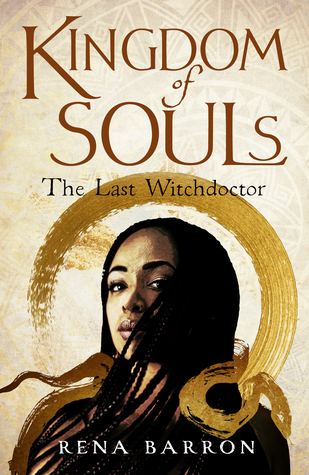





















































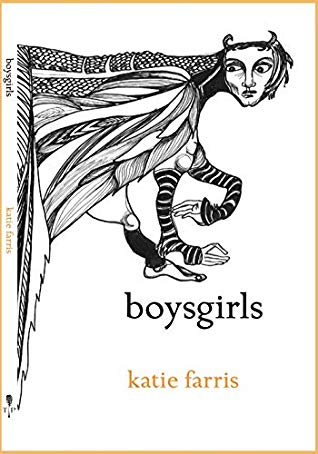
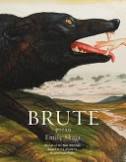
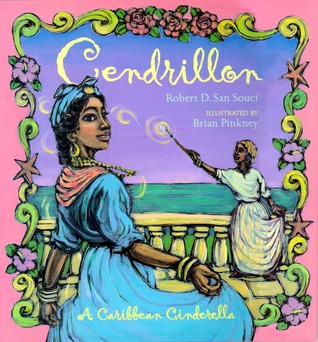
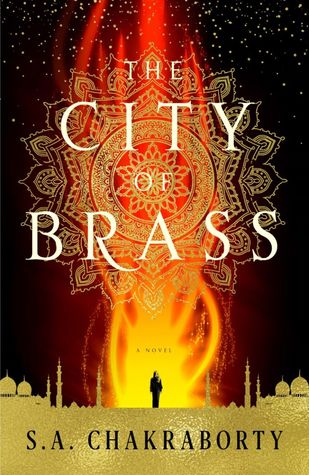

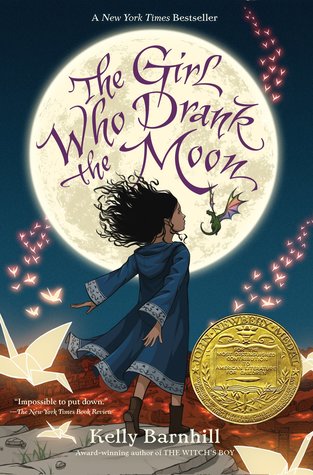
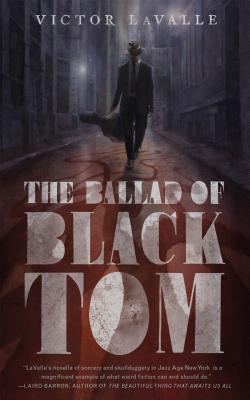
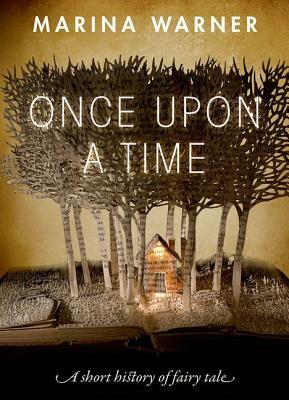
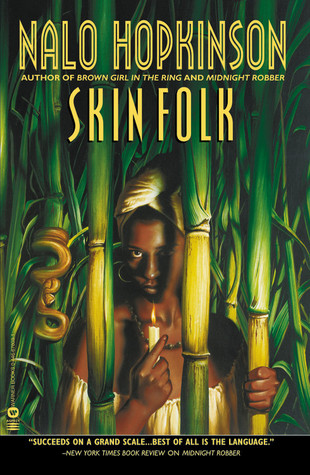
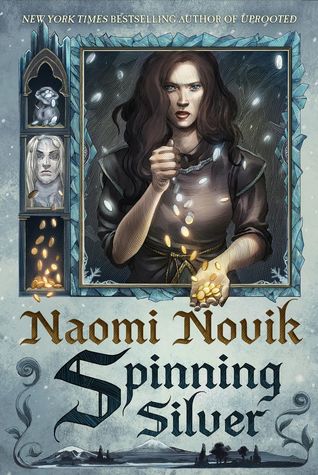
 Hannah V Warren is a PhD student at the University of Georgia where she studies poetry and speculative narratives. Her chapbook [re]construction of the necromancer won Sundress Publications’ 2019 chapbook contest, and her works have haunted or will soon appear in Mid-American Review, Moon City Review, and Redivider.
Hannah V Warren is a PhD student at the University of Georgia where she studies poetry and speculative narratives. Her chapbook [re]construction of the necromancer won Sundress Publications’ 2019 chapbook contest, and her works have haunted or will soon appear in Mid-American Review, Moon City Review, and Redivider.


Connect with the Sirens community
Sign up for the Sirens newsletter